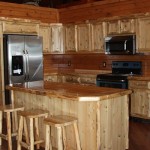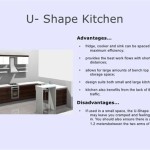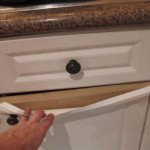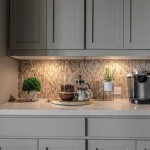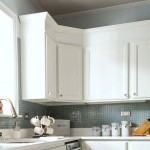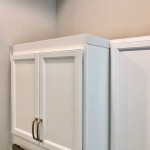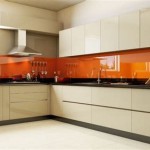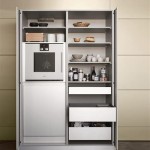Essential Aspects of Corner Kitchen Cabinets
The corner of your kitchen can become a valuable and efficient storage space with proper planning and the right corner kitchen cabinets. Corner cabinets come in various styles and sizes, and choosing the ones that suit your kitchen's layout and storage needs is essential. Here are some key aspects to consider when selecting and incorporating corner kitchen cabinets into your kitchen design.
1. Type of Corner Cabinet
There are two main types of corner kitchen cabinets: Lazy Susans and blind corner cabinets. Lazy Susans are rotating shelves that provide easy access to items stored in the corner, while blind corner cabinets have doors that swing open to reveal a fixed interior space. Blind corner cabinets tend to have less accessible storage space compared to Lazy Susans, but they can be less expensive.
2. Size and Shape
The size and shape of your corner kitchen cabinets will depend on the size and configuration of your kitchen. Measure the available space carefully to ensure the cabinets will fit properly. Standard corner cabinets typically measure 36 or 45 inches in width and come in various heights, depths, and shapes, such as L-shaped, diagonal, or curved.
3. Storage Capacity
Consider the storage capacity of the corner cabinets you choose. Lazy Susans typically provide more storage space than blind corner cabinets. By utilizing the rotating feature of Lazy Susans, you can access items from all sides of the cabinet. This is especially beneficial for storing bulky or frequently used items.
4. Accessibility
Accessibility is another crucial factor to consider. Lazy Susans provide easy access to stored items as they rotate smoothly, allowing you to reach items in the back without bending or reaching into awkward spaces. Blind corner cabinets may have limited accessibility, especially for items stored in the far corners.
5. Functionality
Think about the functionality of the corner cabinets in relation to your kitchen layout and workflow. If you frequently need to access items stored in the corner, Lazy Susans may be a better option. However, if storage space is limited and accessibility is not a top priority, blind corner cabinets can offer a more cost-effective solution.
6. Style and Finish
The style and finish of your corner kitchen cabinets should complement the overall design of your kitchen. Choose cabinets that match the color, material, and style of your other kitchen cabinets. Consider the hardware and door style to ensure a cohesive and stylish look.
7. Installation
Proper installation is essential for the functionality and longevity of your corner kitchen cabinets. It is recommended to consult with a professional kitchen designer or installer to ensure proper measurements, leveling, and alignment during installation.
By carefully considering these essential aspects, you can select and incorporate corner kitchen cabinets that enhance the functionality, storage capacity, and overall design of your kitchen. With the right corner cabinets, you can maximize the space in your kitchen and create a more organized and efficient cooking environment.

Foolproof Storage Solutions For Corner Kitchen Cabinets

6 Of The Best Solutions For Kitchen Corner Units Fitzgerald Kitchens

Corner Kitchen Cabinet Ideas For Proper Storage Choice
11 Corner Kitchen Cabinet Ideas For Storage Solution

Kitchen Corner Cabinet Ideas For Your Home Designcafe

20 Smart Corner Cabinet Ideas For Every Kitchen

Corner Kitchen Cabinets Cabinet Styles Cupboard

4 Clever Corner Kitchen Cabinet Storage Ideas Oppein

Sy And Practical Corner Kitchen Cabinet Ideas Units Cupboard Upper Cabinets

Kitchen Design 2024 Corner Cabinet Ideas Grace In My Space
Related Posts

